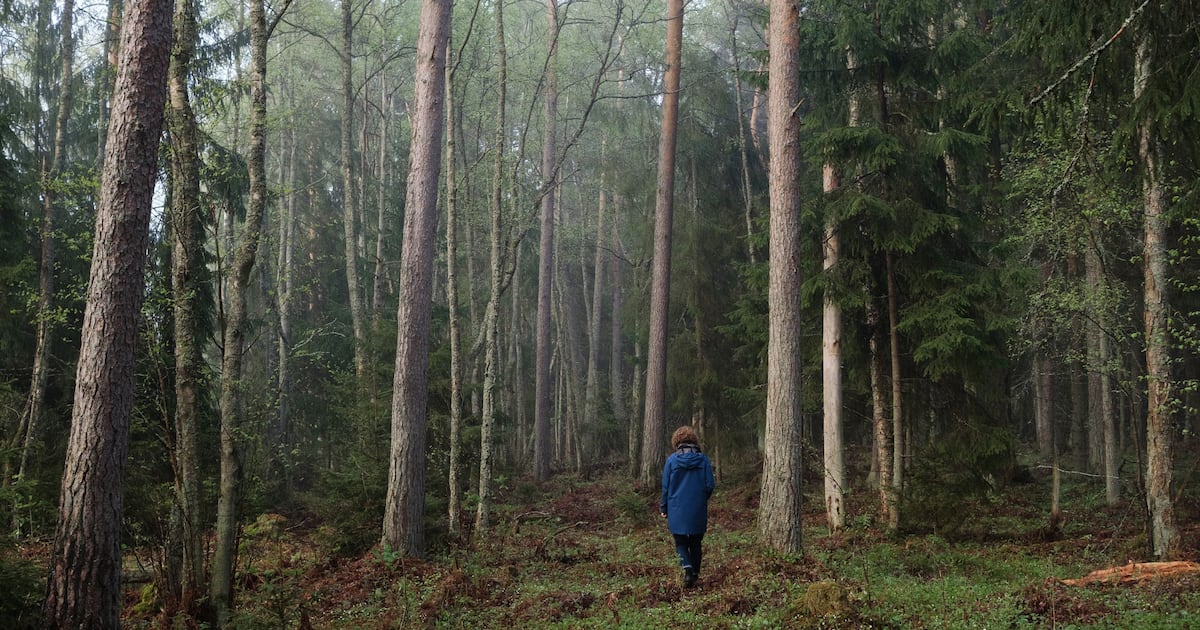European corporates are showing a strong willingness to pay a premium for high-quality, nature-based credits to meet rapidly approaching 2030 sustainability goals, despite controversy surrounding this method for reducing greenhouse gas emissions.
Carbon credit demand is not being fully met by the current supply, suggesting the agtech industry is well-positioned to capitalise – particularly those companies who are enabling farmers and landowners to quantify, verify, and sell carbon credits.
European carbon removal developer Arbonics reported that less than 1,000 of the total 13.3 million nature-based carbon credits issued last year under Verra (the body that certifies the projects) were from afforestation projects in Europe.
This is despite there being more than 14 million hectares of land suitable for afforestation in Europe. Afforesting just the abandoned land, or land too poor quality for agriculture in Europe (around 1.1m hectares), could capture 9.3 m tonnes of CO2 per year, it believes.
Mismatch between demand and supply
This imbalance between rising demand for afforestation carbon removal credits and the current issuance figures is set to create a bottleneck in the market if new projects are not invested in and developed, Arbonics warns.
Corporate demand for carbon removal credits is strong and growing, particularly from the tech, finance and consulting sectors, according to Arbonics co-founder Lisett Luik.
“These are companies with relatively larger margins compared with their footprint, therefore they are able to afford to invest in sustainability,” she told AgTechNavigator.
Microsoft is the largest purchaser of carbon credits, making two-thirds of new carbon removal contracts in 2024, as it looks to meet its commitment to be carbon negative by 2030. The tech giant’s greenhouse gas emissions have risen around 30% since 2020, largely as a result of its prioritisation of AI development.
“Microsoft sees that the supply of highest quality credits is quite constrained, so they are working to lock contracts in place for 2030 and beyond. They think a lot of people are going to wake up and go ‘hey, we promised our board we’d be carbon neutral by now, we need to get some carbon removal from somewhere’. But if you haven’t invested ahead of time that supply doesn’t magically appear overnight.”
A survey of landowners by Arbonics has revealed that 80% of landowners would consider afforestation on their land. But long lead times to get projects up and running is one reason for the lack of a corresponding spike in the supply or carbon removal credits.
Is the Wild West era over?
Another reason is the recent and widespread condemnation of this sector. “The voluntary carbon market has received a lot of criticism and most of justified frankly,” says Luik. “There have been projects that were over crediting, where the baselines were set artificially low and essentially tonnes were being spun out of thin air. That damaged the trust that the broader public has in this market.”
But flawed as it might be, the voluntary carbon market is still the best marketplace mechanism we have for emission reductions right now, she argues. “Governments are not on the track to get super strict and regulate the emissions away, and pure philanthropic action is nowhere near the levels we need. The voluntary market still has a role to play mostly because we haven’t come up with a great alternative. I would rather use a flawed tool than no tool at all.”
The EU’s Carbon Farming framework, officially the Carbon Removals and Carbon Farming (CRCF) Regulation, aims to create a standardised approach to measuring and verifying carbon sequestration, is also helping.
“It’s a huge step forward in terms of increasing trust in the market,” Luik says, “because you have top level rules in place and it’s going to give buyers the confidence that if they buy a credit under that they know what they’re getting.”
She compares things to the stock market in the 1800s in the US where you could buy a railway stock without knowing if that railway existed. “But you can’t buy fake stocks anymore and the same thing is happening in the voluntary carbon market. We are moving from the Wild West to a world where things are much more proven.”
Better technology is also helping to create better afforestation projects, she believes. “Historically you would use tape and count the trees to measure a forest. Now we have satellites, we have lidar so we don’t rely on human-error driven processes.”
Arbonics now operates in six countries – Sweden, Finland, Estonia, Latvia, Lithuania and Scotland – and claims to have seen strong growth in the last three quarters. Afforestation projects are appealing to landowners who have historically had few diversification opportunities, bar cutting down trees to sell for timber.
Afforestation does however take five years before significant amounts of carbon can be removed. Landowners like the idea of growing more forest but they need that financial incentive, Luik says. “We see potential to unlock another pool of landowners if we could unlock some funding for them.”
A growing carbon credit market presents opportunities for agtech providers
A separate report from Oxbury Bank – the UK’s only agriculture dedicated lender – agrees that thanks to a surge in interest from corporates, demand for nature-based solutions currently outweighs credible and measurable supply.
There are “substantial” income opportunities available farmers, landowners and land managers, the lender claims. “Nature is bankable,” said Nick Evans, managing director of Oxbury Bank. “We want farmers to understand the opportunities and the size of the demand from nature services.”
But market growth will depend on addressing the credibility and measurability challenges. Greater technical support, financing, and market infrastructure are all needed to help farmers and land managers develop projects that can generate high-quality, verifiable credits.
Both the Arbonics and Oxbury reports stress the importance of integrating technological solutions (such as digital monitoring and remote sensing) and clear methodologies to bridge the gap between demand and credible supply.
A growing and flourishing carbon credit market therefore presents compelling opportunities for agtech providers.
